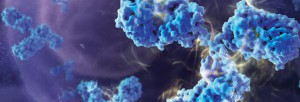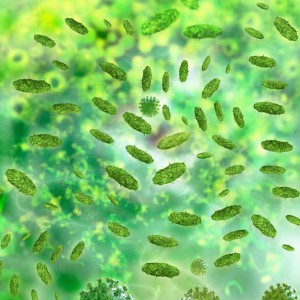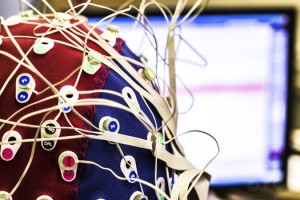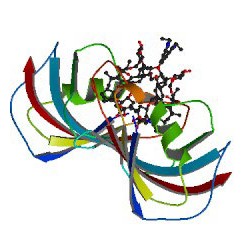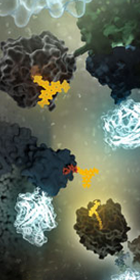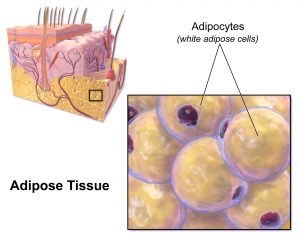
A basic tenet of immunology is that antibodies produced by B cells are very important and specific immunoprotective agents, released in response to infection.
However, antibodies do not supply immediate protection. The invading organism needs to get into the host, meet up with T cells and then B cells, in order for antibody production to occur. If the host has seen this particular pathogen previously, the antibody response occurs somewhat more quickly, but we’re still talking about days. If the invading organism is a bacterium, it can multiply and double in numbers in just hours. Thus an infection could potentially gain a foothold in a body prior to an antibody response.
Fortunately we have a more rapid, first line of defense to invading pathogens, a cellular response. In the case of a puncture or skin wound, epithelial cells, mast cells and leukocytes are activated quickly in response to pathogens. Neutrophils and monocytes also aid the cellular response.
Now a recently published report demonstrates that fat cells also play a part in the cellular response to invading bacteria. R. Gallo et al. published a study on Jan. 2 in Science, providing more in depth information on the role of adipocytes in the host response to the bacterium Staphylococcus aureus (S. aureus). Continue reading “Differentiating but not Mature Adipocytes Provide a Defense Against S. aureus Infection”

